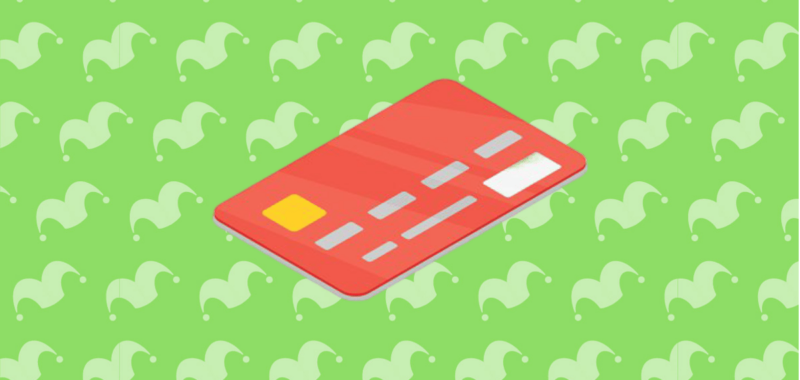Credit cards offer lots of useful features. With the top credit cards, you can find sign-up bonuses worth hundreds of dollars, earn cash back or travel rewards, and get complimentary purchase protections, to name a few common benefits.
The tradeoff is that credit cards also have extremely high interest rates. The average rate on credit cards that are assessed interest is 23.37%, according to Federal Reserve data.
While credit card benefits can save you money, you’ll give all that savings back (and then some) if you’re paying interest. Here are the best strategies to pay zero interest on your credit cards.
1. Use a 0% intro APR card if you need to carry a balance
If you have some big expenses coming up, and you know you’ll need time to pay them off, your best bet is a 0% intro APR card. This type of credit card charges a 0% APR for an introductory period.
You still need to make minimum payments, but you can carry a balance without being charged interest. Keep in mind that the APR will increase to the card’s go-to rate after the introductory period ends. To avoid interest entirely, you’ll need to pay off your balance before that happens.
Looking for one of these cards? Click here to review our curated list of 0% intro APR credit cards, with introductory periods lasting as long as 21 months!
2. Pay in full every month
Credit card companies only charge interest on your purchases when you carry a balance. If you don’t carry a balance, you can use your card without any interest.
To be specific, you’ll need to pay your card’s full statement balance by the due date. It’s a simple strategy, but it’s worth following whenever possible. By paying in full, you get the benefits that your credit card offers without the costly interest charges.
3. Refinance credit card debt with a balance transfer card
Lots of people assume that if they’re already in credit card debt, they’re stuck paying interest on it. That often isn’t the case.
Some credit cards offer a 0% intro APR on balance transfers. After you open one of these cards, you can transfer over your credit card debt. There’s normally a small balance transfer fee, with the standard amount being 3% to 5% of the balance you’re moving to the new card. In exchange for paying that fee, you can use a balance transfer card to pay down your debt interest-free during the introductory period.
If you have a large amount of credit card debt, a balance transfer could save you hundreds or even thousands of dollars. Click here to learn more and check out our favorite balance transfer cards.
4. Figure out how much you can afford to spend with your card
Paying your credit card in full is a smart strategy. But to do that, you need to be careful about how much you spend. It’s easy to overspend with credit cards, especially if your card has a high credit limit.
Don’t use your credit limit as a guide to how much you can spend. Come up with an amount you can afford to pay off every month, based on your income and financial goals.
5. Build an emergency fund to cover surprise expenses
Another reason people overspend on their credit cards is to cover emergency expenses. If you don’t have the money for a car repair or a hospital bill, putting it on a credit card may be your only option.
This is why financial experts always recommend having an emergency fund. The typical recommendation is to save three to six months of living expenses for emergencies. It takes time to build your savings to this level, but if you set aside money every month toward your emergency fund, you’ll be better prepared for those unpleasant surprises.
Credit card interest is expensive, but you can avoid it. If you pay off your card every month, and take advantage of 0% intro APR offers when necessary, you won’t have any pesky interest charges on your bill.

